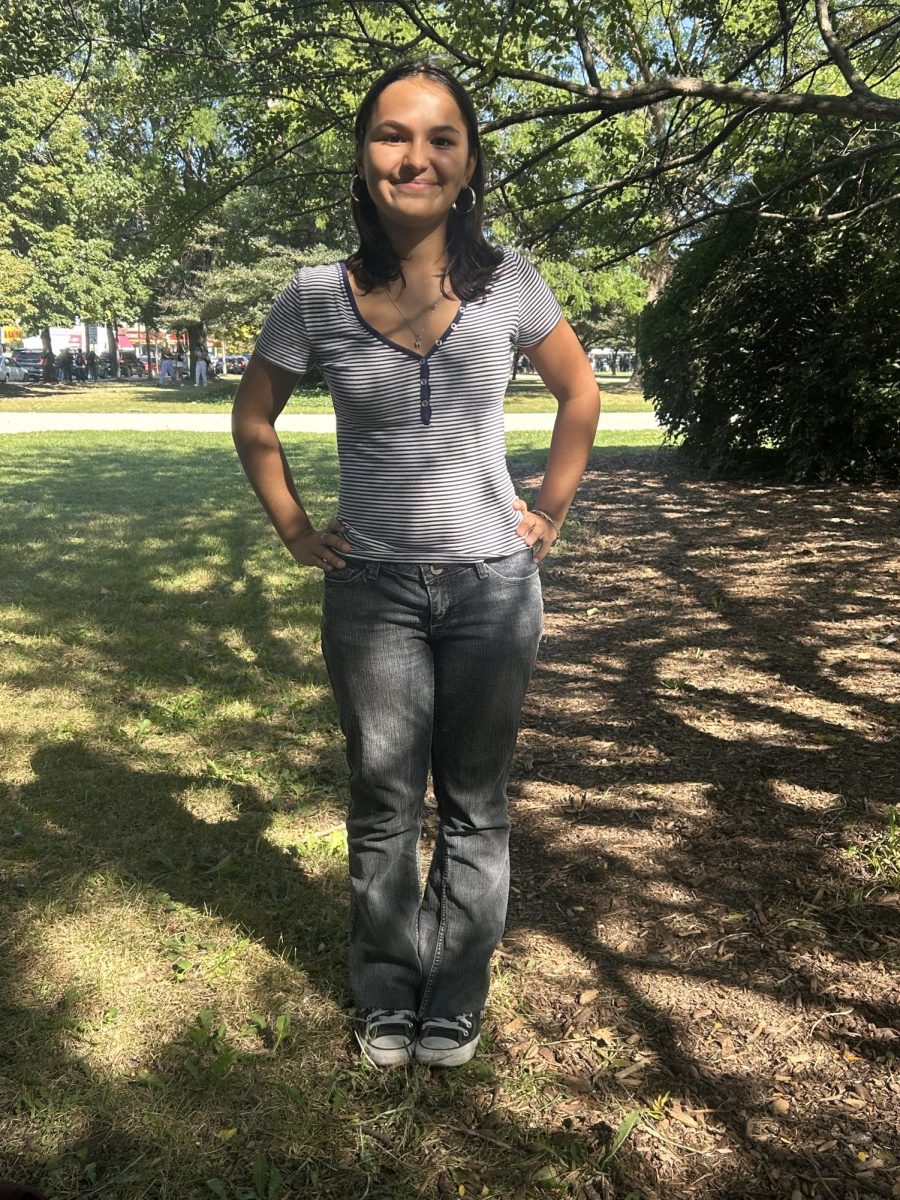By Diana Barragon
It takes months of preparation and it even hurts the wallet a bit. When it actually arrives, all the months of hard work are put to the test for several three-minute performances over the course of three days.
This is International Days. Every year, ethnic clubs hold tryouts and choose who they think is best to perform in their club. Immediately after, the focus is all on practicing for International Days in March.
On these days there is much excitement given off by the performers, but what most people do not think about is the history of International Days.
“[International Days] wasn’t much. It was maybe five or six clubs and there was no dancing,” said Mr. Allegrezza, a social science teacher who has worked at Lane since 1971.
Before dancing became the focal point, International Days consisted of booths with information and food on the different cultures. In the evening, a dinner was held in the lunchroom. Allegrezza described it as, “something like a potluck dinner.”
International Days started in 1973 shortly after girls were admitted to Lane. The idea came from Yvonne Childs, a history teacher.
“She was passionate about International Days and worked tirelessly to get it off the ground,” said Mrs. Harris, a social science teacher at Lane who worked with Childs.
International Days slowly grew through the years to become the massive event it is today, which now takes up two full school days and two nights.
Besides no dancing, according to Allegrezza, the national anthems of the ethnic clubs used to be played each day leading up to International Days. While this is not done anymore, there are a still a few things that make the International Days of today much different from before.
“[International Days] was simple. It got crazier and the costumes became more provocative now,” Allegrezza said.
Although Allegrezza may not be too fond of how these days have transformed, some say otherwise.
“I think the students are more serious about presenting and the dancing is much nicer now,” Harris said.
Apart from those few changes, International Days has also changed in terms of the kinds of clubs due to the changing diversity of the students.
“There used to be a lot more European groups, but now there are a lot more Hispanic clubs,” said Mr. Berlanga, a drafting teacher.
As Lane and it’s students change throughout the years, International Days changes as well.




